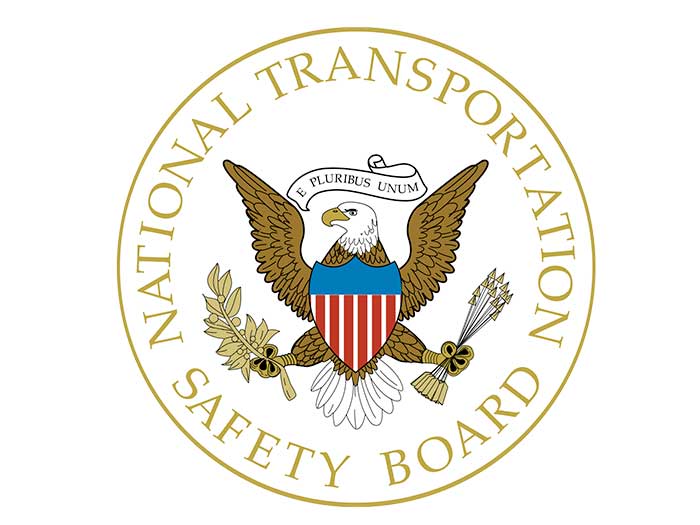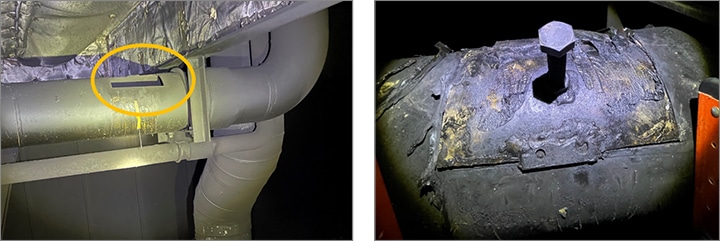The National Transportation Safety Board has issued its report on a deadly engine room fire that broke out Jan. 8, 2024, when the Danaos-operated containership Stride was bunkering while docked at the

The National Transportation Safety Board has issued its report on a deadly engine room fire that broke out Jan. 8, 2024, when the Danaos-operated containership Stride was bunkering while docked at the Barbours Cut Marine Terminal in LaPorte, Texas.
The fire self-extinguished after crewmembers shut down all ventilation to the engine room. Two crewmembers died as a result of the fire and one was seriously injured. The 1997-built Stride was declared a total loss valued at $12 million and was subsequently scrapped.
Six weeks before the fire, a replacement valve was ordered for the Stride’s port double bottom diesel oil, or DBDO, tank. After the fire, investigators discovered the installed valve was not the same type of valve specified by the vessel’s fuel oil system drawing.
Rather than an angle stop valve, a similar looking angle stop check valve, which allows diesel oil to flow in only one direction, even when open, was ordered and installed instead.
As a result of the incorrect valve installation, once diesel oil filled another tank to capacity during bunkering, the diesel oil was directed up the common vent line, rather than the port (or intended) DBDO tank, where it flowed from a small cut out section of the vent pipe that had been sealed at an unknown time. The flexible sealing and tape covering the cut out failed, and diesel oil poured down into the engine room and onto operating machinery, causing a fire.

“Vessel drawings contain piping symbols for equipment such as valve types, sizes, and functions,” the report said. “Owners, operators, and crews should carefully note all components of a vessel’s drawings and diagrams to ensure that proper spare or replacement parts are ordered to maintain functionality.”
Contributing to the overfilling of the Stride‘s diesel oil tank was engine crewmembers not monitoring the levels of the tanks being filled aboard the vessel, as required by the bunkering procedure in the operating company’s safety management system.
The company’s bunkering procedures required a minimum of two engineering officers and two engine ratings to be on duty during bunkering operations. However, at the time of the fire, only three Stride engineering crewmembers (two engineering officers and one engine rating) were involved with bunkering operations.
“During bunkering operations, vessel owners, operators, and crews should ensure adequate personnel are available to take frequent soundings, establish fuel tank filling rates, and communicate to the person in charge, so tanks are monitored and do not overflow,” the report said.
As ever, there’s much more in the full NTSB report. Download it HERE
Content Original Link:
" target="_blank">










































